Our Blog
Blog All Items Title
All Recent Articles

One Planet, One Water
From our irrigation systems and support of healthy waterways to our stormwater management practices and continuing approach to sustainability with Longwood Reimagined, water—and the responsible conservation of water—is vital at Longwood.
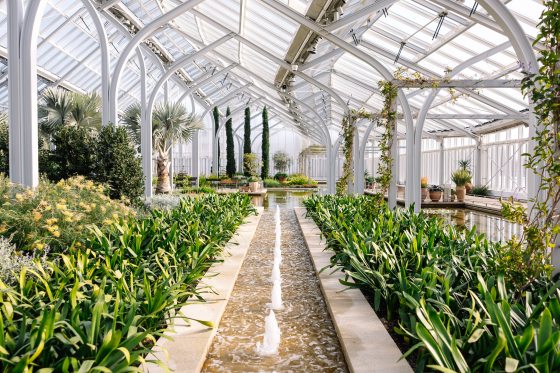
High Tech Meets Happy Plants: Our West Conservatory
By working with nature and never against it—and to adapt to the needs of its Mediterranean-inspired plant palette—we built our West Conservatory with energy-efficiency and sustainability at top of mind.
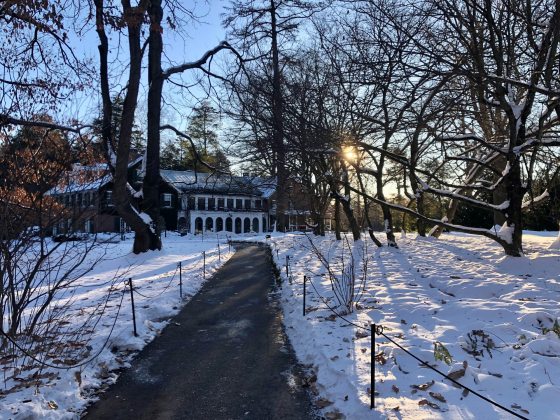
Snow, Salt, and Sustainability
While the use of rock salt, or sodium chloride, has served as a widespread, traditional method of combating snow and ice, in recent years a more advanced and efficient approach has gained popularity with the use of brine.
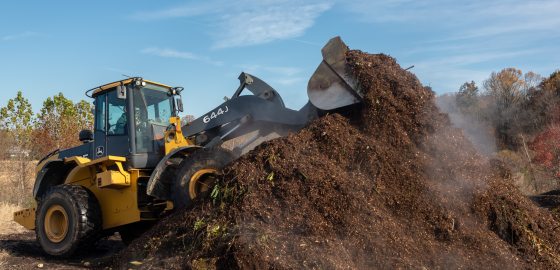
The Secret in Our Soil
Whether compost is being used in our Gardens or in your garden, its benefits are numerous.

Stewardship Science: Testing Techniques to Benefit Biodiversity
The practice of land stewardship constantly raises new questions—how best to approach a new problem; what methods work best—that can be answered using the tools of ecological science.
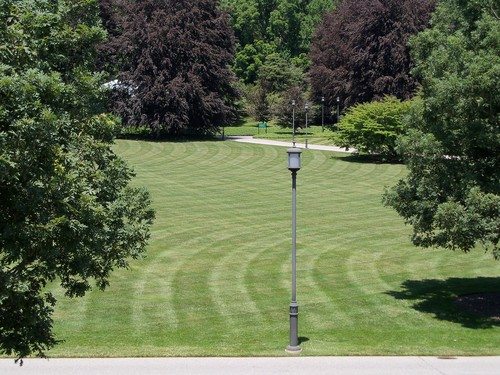
Turf Care, Rooted in Data
Although we may be best known for our floral displays, turfgrass is an essential component of the overall health and appearance of our Gardens—and caring for our turfgrass is an ever-evolving science.
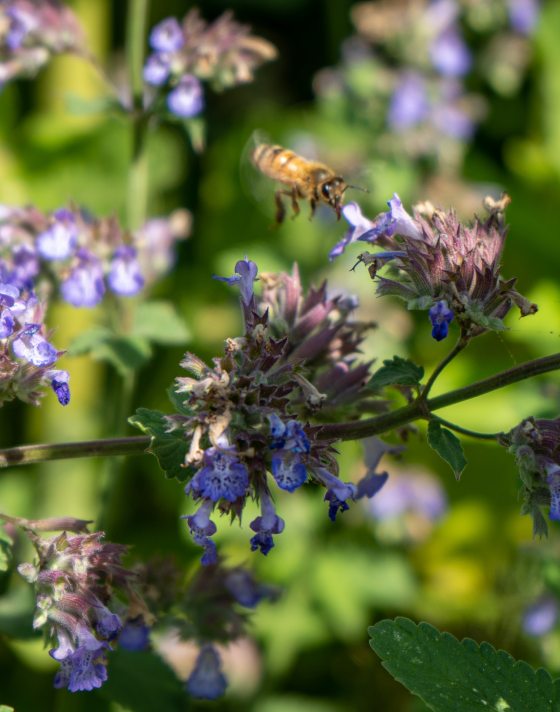
Edible Plants that Feed Pollinators, Too
This week is National Pollinator Week, an annual event that celebrates pollinators, addresses the urgent issue of declining pollinator populations, and supports all we can do to protect them.
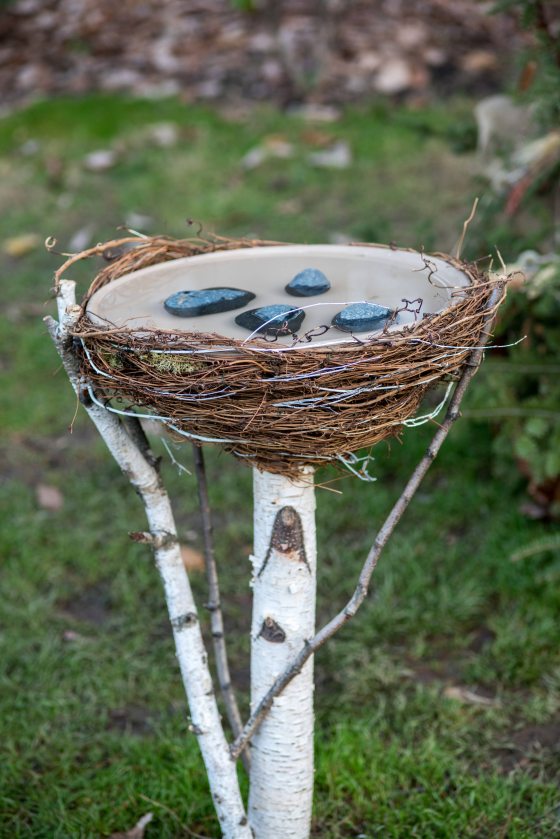
Eco-friendly Home Gardening
What does it take to be an ecological gardener, beyond filling landscapes with a diverse selection of native plants? While the vast majority of our native fauna depend on plants directly or indirectly for their survival, many animals also have specific environmental needs that must also be met, as the physical environment of the garden provides shade, shelter, and living space for its residents.
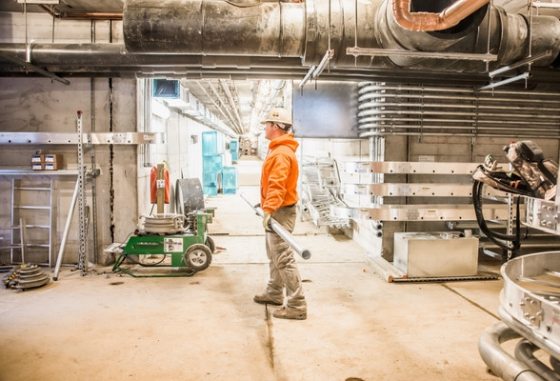
What Lies Beneath: A Deeper Look into an Engineering Marvel
Built in 1931 by Pierre S. du Pont, the Main Fountain Garden was inspired by Pierre’s passion for engineering and design, and his travels to European gardens. After years of deteriorating stonework, many fountain features were turned off—leading to limited access to the Garden since the early ‘90s. In order to save this treasure, we embarked on a major restoration project. This spring will mark the halfway point of the two-year revitalization. In this post, we will go below the surface of the Main Fountain Garden and explore some of the engineering behind the beauty.
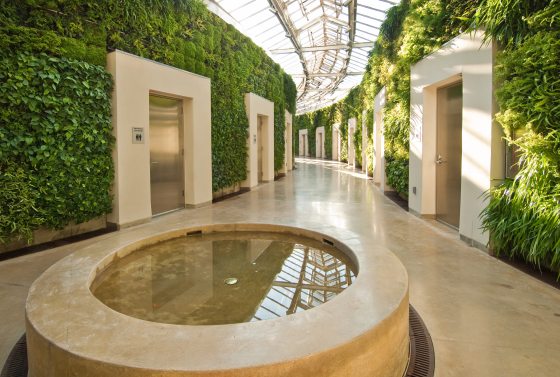
The Unsung (and Unseen) Heroes of our Green Wall
It’s not a matter of “if” the Green Wall will get pests; it’s a matter of “when.” Longwood’s Integrated Pest Management (IPM) staff battles these pests with a non-chemical approach called biological control.

Proud to be Beautiful
“The longer I live the more beautiful life becomes. If you foolishly ignore beauty, you will soon find yourself without it. Your life will be impoverished. But if you invest in beauty, it will remain with you all the days of your life.” (Franklin Lloyd Wright)
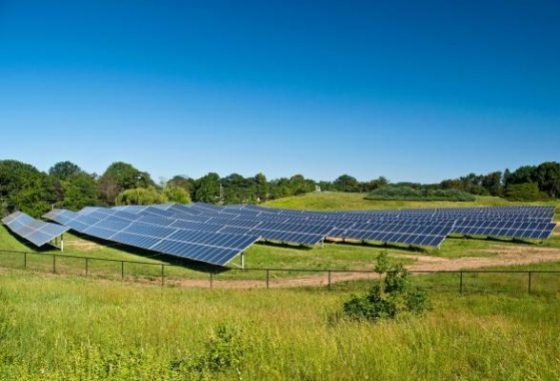
Longwood Gardens’ Bright Future
Today marked an important milestone at Longwood Gardens.
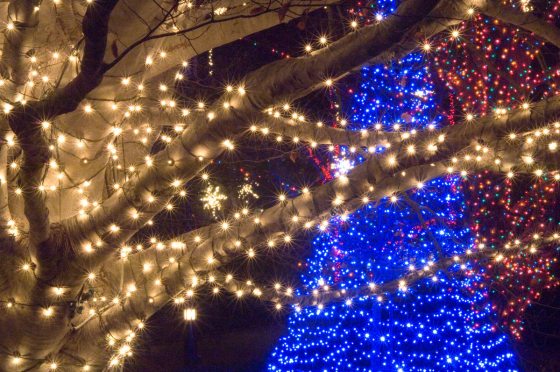
Making the Season Bright
Christmas at Longwood Gardens: What a wonderful time of year!
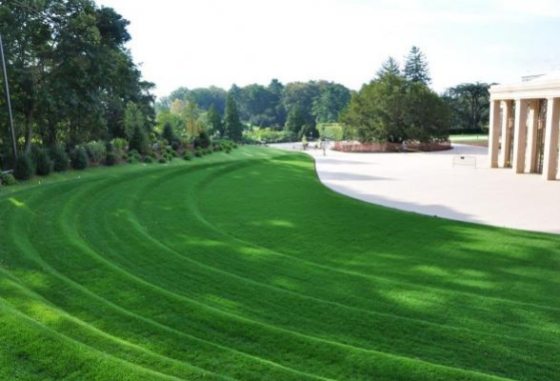
Introducing The New East Conservatory Plaza
Starting Saturday, October 9, 2010, you will be able to experience an exciting, new area of the Gardens: The East Conservatory Plaza! The East Conservatory Plaza has been in the making for over 3 years. From the beginning, we worked with the renowned, British landscape architect Kim Wilkie.
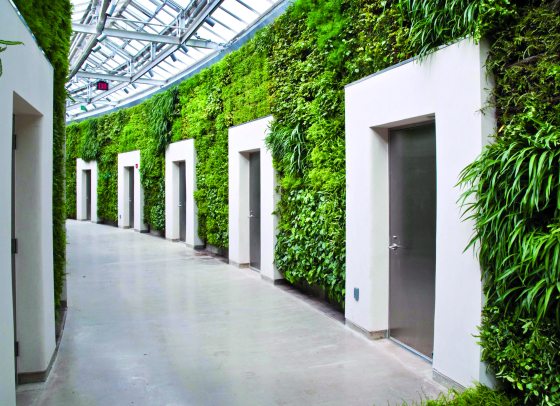
It’s Not Always Easy Being Green: Preparing Longwood’s New Green Wall
Longwood often hunts the globe for new or extraordinary plants to conserve and showcase in the Gardens. Recently, I went on a different sort of expedition—to inspect the plants for Longwood’s new East Conservatory Plaza green wall. My mission was to identify any potential pests or diseases that could threaten the new display.
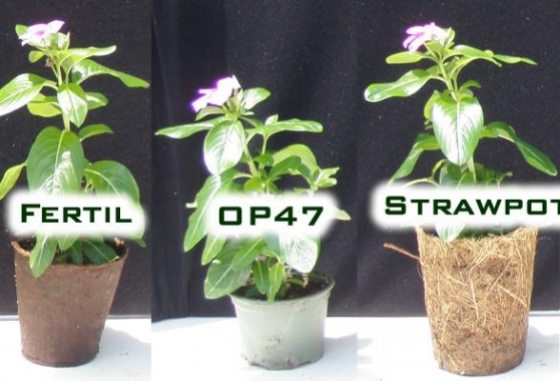
Grow in Green: Biodegradable Pots
Biocontainers offer an exciting opportunity for plant producers and home gardeners to become more earth friendly. Currently the majority of ornamental crops are produced in petroleum-based plastic containers. The extensive use of plastic results in a significant waste disposal problem and the plastic ends up in a landfill or hopefully gets recycled.
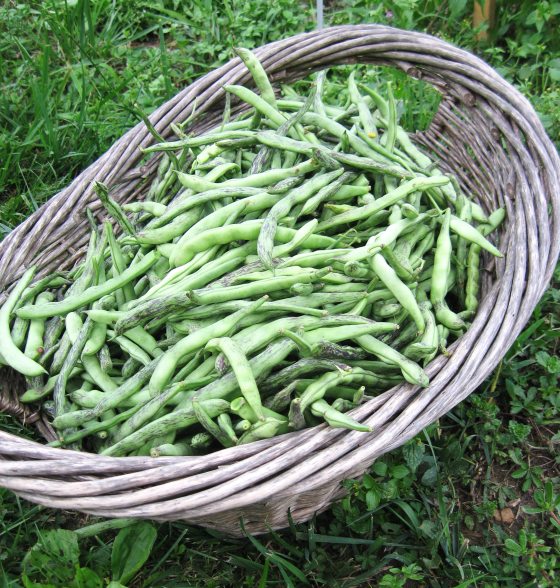
Have Vegetables, Will Travel
This year, the students came up with a new idea—sell fresh, locally grown produce to Longwood’s Terrace Restaurant. After meeting with the Terrace Restaurant Head Chef, the Restaurant Manager, and the Senior Gardener for the Idea Garden (Longwood’s Idea Garden has been providing produce to the Restaurant for several years), everyone decided that the goal was to produce high-quality and fresh, locally grown vegetables, using low-input/organic methods.
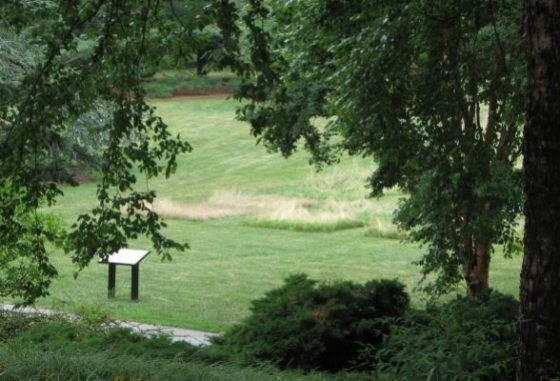
Finding a "Greener" Grass
Stop by the "Frog Hollow" area, to the West of the Chimes Tower to view the turf grass trial. Although simple in scope, this 5-year study could have a dramatic eco-friendly outcome for Longwood Gardens. Currently, staff mow the turf areas about once a week during the growing season—and there are a lot of turf areas throughout Longwood Gardens! If this study proves fruitful, then Longwood could replace some of its turf with a grass from this study and drastically reduce mowing in portions of the garden. This will greatly reduce fuel consumption and mower vehicle emissions.